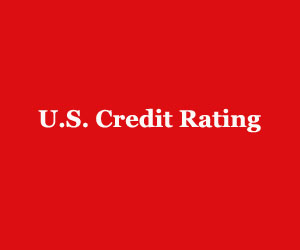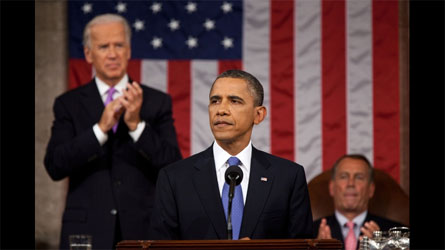How S&P Downgraded U.S. Credit Rating
On Aug. 5, Standard & Poor’s Ratings Services lowered its long-term sovereign credit rating on the United States of America to ‘AA+’ from ‘AAA’. In response to questions, Standard & Poor’s (S&P) said Saturday that the ratings decision to lower the long-term rating was not affected by the change of assumptions regarding the pace of discretionary spending growth.
In the near term horizon to 2015, the U.S. net general government debt is projected to be $14.5 trillion (79% of 2015 GDP) versus $14.7 trillion (81% of 2015 GDP) with the initial assumption.
We used the Alternative Fiscal Scenario of the nonpartisan Congressional Budget Office (CBO), which includes an assumption that government discretionary appropriations will grow at the same rate as nominal GDP, Standard & Poor’s clarifies.
[ Also Read: Political Advertising for 2012 U.S. Elections ]In further discussions between Standard & Poor’s and Treasury, the company says we determined that the CBO’s Baseline Scenario, which assumes discretionary appropriations grow at a lower rate, would be more consistent with CBO assessment of the savings set out by the Budget Control Act of 2011.
“Our ratings are determined primarily using a 3-5 year time horizon,” says Standard & Poor’s.
In the near term horizon, by 2015, the U.S. net general government debt with the new assumptions were projected to be $14.5 trillion (79% of 2015 GDP) versus $14.7 trillion (81% of 2015 GDP) with the initial assumption – a difference of $345 billion.
In taking a longer term horizon of 10 years, the U.S. net general government debt level with the current assumptions would be $20.1 trillion (85% of 2021 GDP). With the original assumptions, the debt level was projected to be $22.1 trillion (93% of 2021 GDP).
According to Standard & Poor’s, the primary focus remained on the current level of debt, the trajectory of debt as a share of the economy, and the lack of apparent willingness of elected officials as a group to deal with the U.S. medium term fiscal outlook.
None of these key factors was meaningfully affected by the assumption revisions to the assumed growth of discretionary outlays and thus had no impact on the rating decision, it says.




